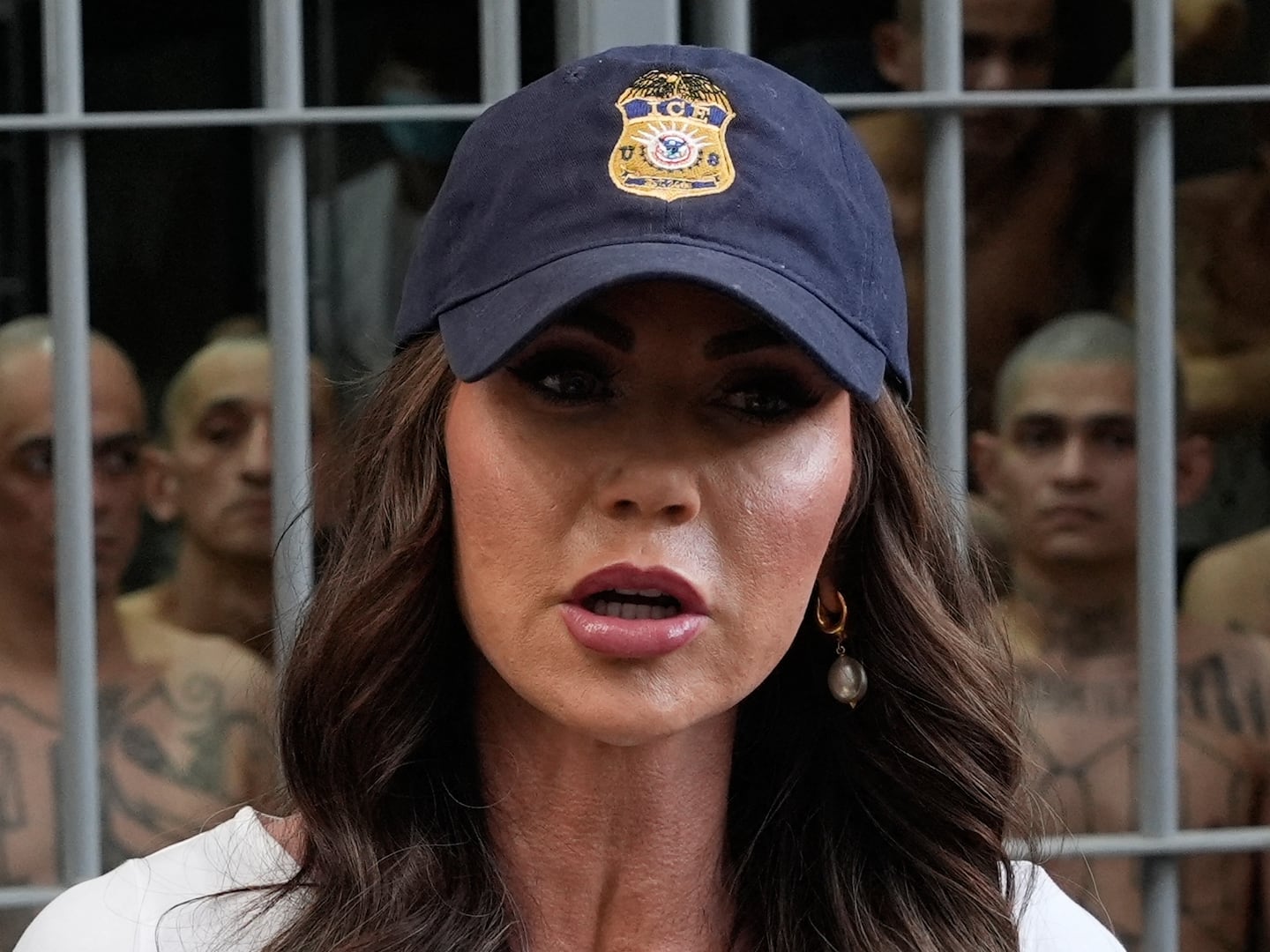Want to know what is New York’s coolest neighborhood right now? The Upper East Side.
You can stop laughing. I’m not being ironic and I haven’t become the Twee Revolution’s newest disciple. The blueblood traditionalists, pompous dowagers, young families, overweight frat boys and overpaid lawyers are still found in the area between Central Park and the East River. But the Upper East Side is also buzzing thanks to a spate of restaurant, bar and retail openings belatedly supplying sting to the once predominantly WASP enclave.
It’s about time. In the seven years I’ve lived in the Upper East Side, I’ve grown accustomed to it trailing in the social shadow of downtown Manhattan and Brooklyn. I’ve heard all manner of putdowns and reasons why people don’t frequent my neighborhood (my favorite remains a woman who worked for a philanthropic rock star’s foundation, confessing, “I used to go there when I was f***ing Puff Daddy.”)
With the glaring exception of Gossip Girl, pop culture has regularly characterized the Upper East Side as a destination to be avoided. A passage in Jonathan Dee’s 1996 novel St Famous, outlining its writer protagonist Paul Soloway’s thoughts, sums up the condescension: “The Upper East Side was then, as it is now, a virtual game preserve of people with whom I do my best not to associate: the young and the bootless; young bankers, young lawyers, young speculators, young power.”
But now that the young are flocking in greater numbers to the Upper East Side, it’s time for it to be given its due. Don’t just take my word for it. “The proportion of young and attractive people living uptown has shot up,” says Mark Dorosz, an Internet entrepreneur who has lived in the area for a decade. This has generated a hotter scene ranging from the recently opened Meatball Shop between 76th and 77th streets on Second Avenue to The Mark, the stylish bar in the Mark Hotel on Madison Avenue at 77th; from gastropubs Jones Wood Foundry and The Penrose to cocktail bars The Gilroy and Infirmary and steakhouse The Arlington Club.
The Upper East Side is starting to shed its Sixth Sense “I see dead people,” while retaining its grand roots. The Upper East Side is the only real authentic New York neighborhood left in the city. Increasingly the rest of New York seems in the re-invention business operating temporary transplants--whether it’s the Brooklyn Artisanal Movement or the unceasing real estate makeovers of historic buildings downtown. While benefiting from a fresh infusion of young blood, the old heart of the Upper East Side beats on, symbolized by neon-hued 77-year-old bar Subway Inn and its protracted legal battle to stay open.
Yes, it’s livelier downtown and in Brooklyn. But the Upper East Side social scene is cooler and more enjoyable. “I’ve found the Upper East Side is the only part of New York where I can relax,” says a PR executive who moved from the West Village a year ago and who wishes to remain anonymous. “I never thought I’d be here--I’m a downtown girl--and I moved to the Upper East Side because it was the only place I’d never done any icky damage! I’ve been sober for over a year so I don’t know much about the nightlife but the restaurants are full of good-looking twentysomethings.”
Especially in Brooklyn, the social pressure to stand out can seem suffocating. The atmosphere in bars and eateries in Williamsburg and Greenpoint often feels like an aesthetic arms race in which farm-to-table restaurants and cocktail bars exhaustively compete to innovate at the expense of the pleasant and fun experience they’re supposed to provide.
In a Williamsburg bar last week, I couldn’t help thinking, while scanning the predictable sartorial backdrop of skinny jeans, retro T-shirts and kooky eyewear, that this restless desire to embrace the new is shrinking the scene. Brooklyn style has become as predictable as a Mad Men actor telling us about their transition into film.
By contrast the Upper East Side is refreshingly devoid of bourgeois bohemianism or the “conventionally unconventional,” to quote author Frederic Raphael. Take the experience of watching soccer in establishments, something I often do. In Brooklyn many people like to talk or tweet about a game that is showing. On the Upper East Side, a higher proportion of people watch soccer.
The people are often friendlier too. During a recent visit to sports bar East End Bar & Grill between 86th and 87th on First Avenue, I met two thirtysomething male bankers who asked to be identified by their first names Ross and James. Both lived downtown--one in Tribeca, the other in Nolita.
“Downtown New York and Brooklyn restaurants are becoming like Paris,” Ross said. “It’s getting so snobbish that soon you won’t be able to order off-menu.” James admittedly had less sophisticated reasons for choosing to socialize uptown: “Where I live, every girl is either a model, or they want to be one, so they act like Kate Moss. Here there’s much less shame attached to crashing and burning.”
The UES celebrity quotient has also upped its game. The area has long served as a haven for power brokers (Michael Bloomberg and David Koch), literary lions (Tom Wolfe and Jonathan Franzen) and imperious divas (Liza Minnelli and Madonna). Yet a younger, starrier crowd, while not exactly moving to the Upper East Side, is socializing in the area in greater numbers.
Abigail Breslin is a regular at the Arlington Club, and James Corden goes to Jones Wood Foundry, while Emma Watson, Johnny Depp, Mila Kunis, Daniel Radcliffe, and Katie Holmes have all been spotted in Upper East Side bars and eateries this year.
It’s a seismic change from 2009 when a friend excitedly texted me news from the New York Post’s Page Six column that Alex Rodriguez and Kate Hudson had gotten together in The Mustang Grill, a scuzzy uptown Mexican restaurant. The Mustang Grill thankfully shut down soon after A-Rod and Kate but we were desperate for any kind of A-list infamy in the neighborhood.
Expect more celebrities on the Upper East Side. Stuart Holt, manager of British gastropub Jones Wood Foundry, between York Avenue and 1st on 76th street, tells me the locale is unrecognizable from when they opened in 2011. “When we opened there wasn’t really much here,” he says. “It was just Irish sports bars and there was no such thing as a gastropub or speakeasy. Since we opened there have been 15 or 18 places open on the Upper East Side. The area is classier, cooler and edgier.”
Holt adds that his bar thrives because of, rather than despite, its location: “We have a lot of regulars and we know their names. Downtown I feel like it’s more transient--there’s more of a scene, more pretense. You’re not going to sit and read a book at The Spotted Pig [a British eaterie in the West Village] but you can do that here.”
Some Upper East Side natives are getting restless about outside perceptions. “People need to get over their pretensions and embrace the Upper East Side,” says Mark Dorosz. “We’re infused by the Hispanic wave from Harlem rather than gentrified bullshit from Bushwick. I’ve got Saudi friends coming to bling it up and they’ve always stayed at the Gramercy Park Hotel, but they’ll now be at the Mark Hotel. Nightlife is shifting geographically and the Upper East Side is sucking it up.”
Dorosz also highlights a common rallying cry of Upper East Siders: that far from being a bedrock of old world privilege, the area is becoming increasingly mixed and community-minded (for instance the Pledge2Protect campaign against the garbage dump station on East 91st Street in Yorkville is a world away from Park Avenue opulence). “Brooklyn is more segregated than the Upper East Side,” he says. “Here it’s so diverse--there’s affordable housing for a young crowd that wants to live in Manhattan and then the most tony apartments on Fifth Avenue’s Golden Mile.”
Stylist Ashley Motherstead, who lives on 80th and 1st Avenue, identifies herself as part of a wave of young people “bringing downtown uptown,” in her case with the hair and makeup business she runs. She is particularly taken by the area’s booming health and fitness venues such as SoulCycleEast and adds, “Some think there’s nothing good on the Upper East Side and it’s just chichi people. It’s really not. It’s a bunch of young people living their life.”
Of course many youngsters go uptown because, with rents skyrocketing downtown, it makes economic sense. James Ferguson, 29, a design student and paralegal, who lives on 89th and 1st Avenue, is among them. “Moneywise, what you get on the Upper East Side is far superior to what you get downtown,” he says. “I’ve got a two-bedroom apartment with a doorman and a gym and I pay the amount you’d pay for a shitty studio downtown.”
During Hurricane Sandy, “everywhere in New York got trashed,” he notes, “but the Upper East Side was mildly moist. Nothing was affected here and it was funny how everybody was suddenly in the Upper East Side--Anna Wintour was holed in The Mark Hotel with her daughter. The Carlyle was filled with kids with jeans and trilbies.”
Yes, there are signs that even hipsters are starting to prefer Central Park to Park Slope. Terri Cooney, a baker’s assistant at Glaser’s (a delightfully old-fashioned cake shop between 87th and 88th on 1st Avenue) tells me hipsters are breathing new life into their business. “The neighborhood is trending upward,” she notes. “As well as young professionals coming in, we’re getting hipsters who like everything vintage and ‘Old Cool.’”
Drew Palermo, who founded uptown film emporium We Deliver Videos in 1999--which unlike fabled downtown counterpart Kim’s Video is still going strong—has also noticed an infusion from other boroughs: “More young people are members. Many are from Brooklyn and they like that there are a lot of local stores and it’s not so corporate here.”
Not everyone is convinced of an UES renaissance. A nightclub owner, who requested anonymity, says, “There are some date spots but it’s still full of people, with neither the knowledge nor the money, to venture downtown. It’s college brats drinking cheap products.”
Others disagree. “You won’t have the young douche bag hedge fund running amok on the Upper East Side,” says Ferguson. “They’re going to be downtown. You’re going to have the chairman of Goldman Sachs or Morgan Stanley living here with their family.”
New bars and restaurant continue to descend into the Upper East Side on a weekly basis, Whole Foods is arriving in December and the first phase of the Second Avenue Subway, following a delay of only nine decades, is set to open in 2016. Time will tell whether the Upper East Side achieves lasting social cachet to go with the cash awash in the neighborhood. I think it deserves to but should the style police ultimately not bang down our door, it won’t be all bad. Take the L Train to Brooklyn for evidence of that.






